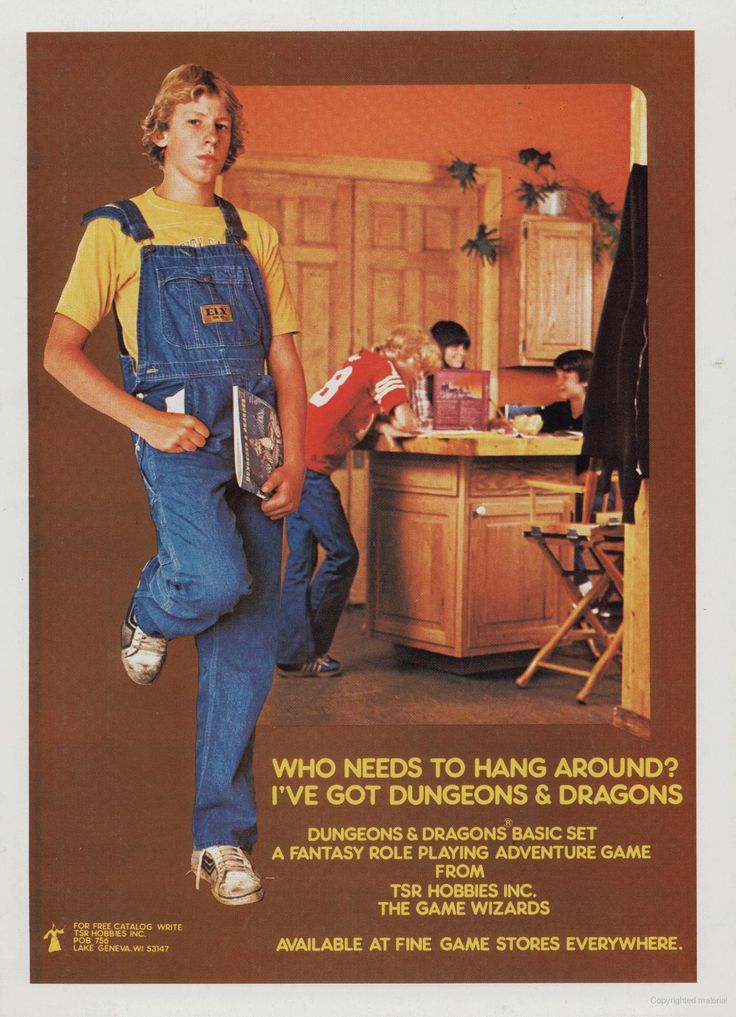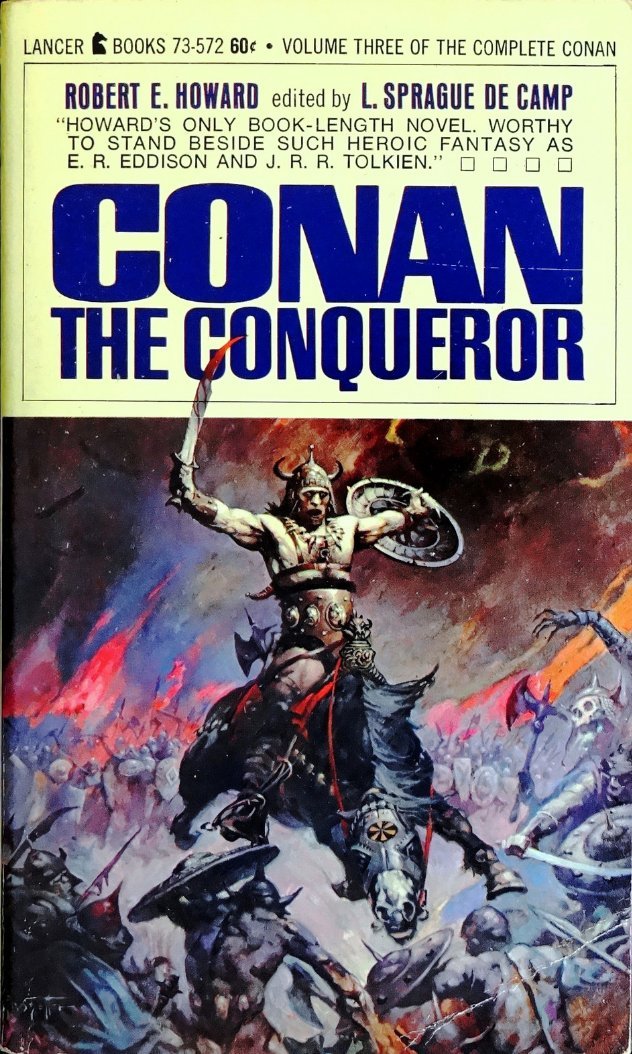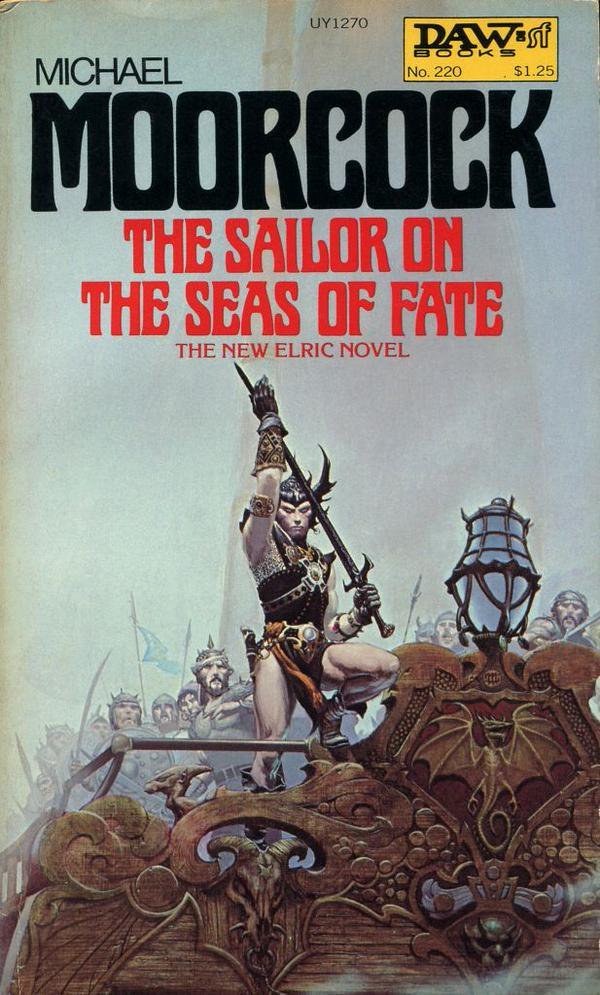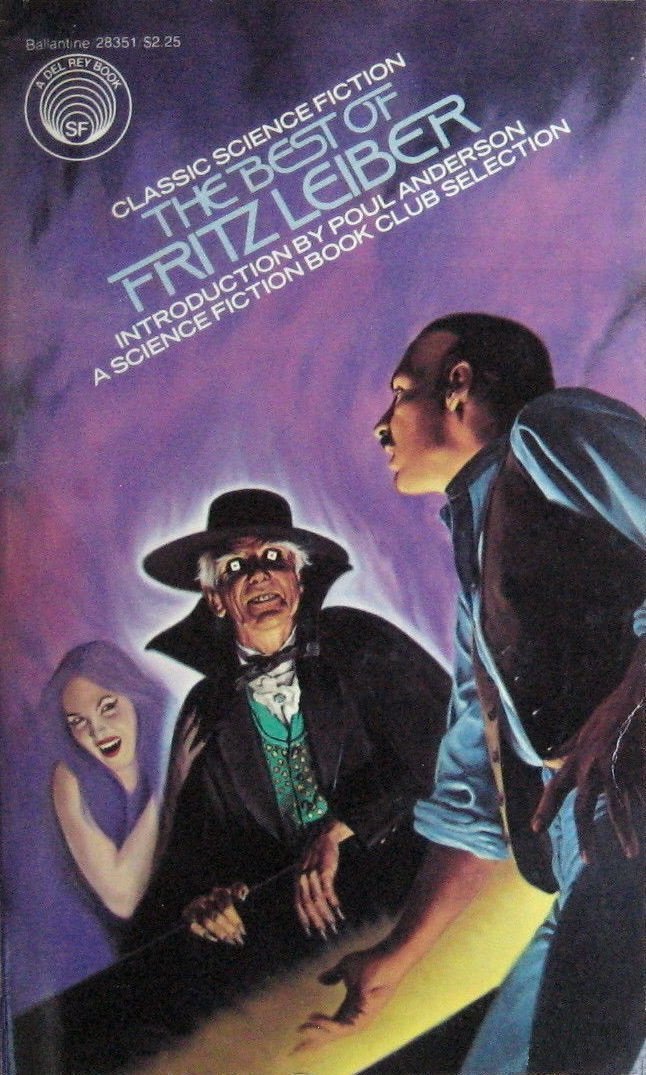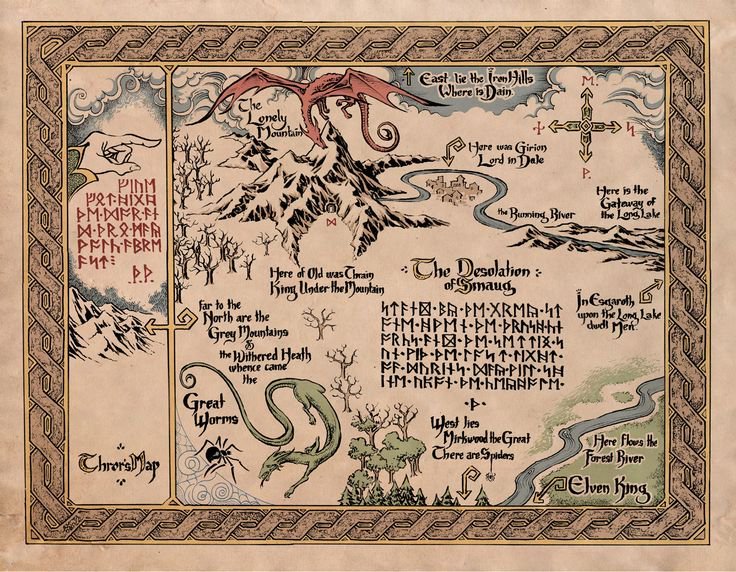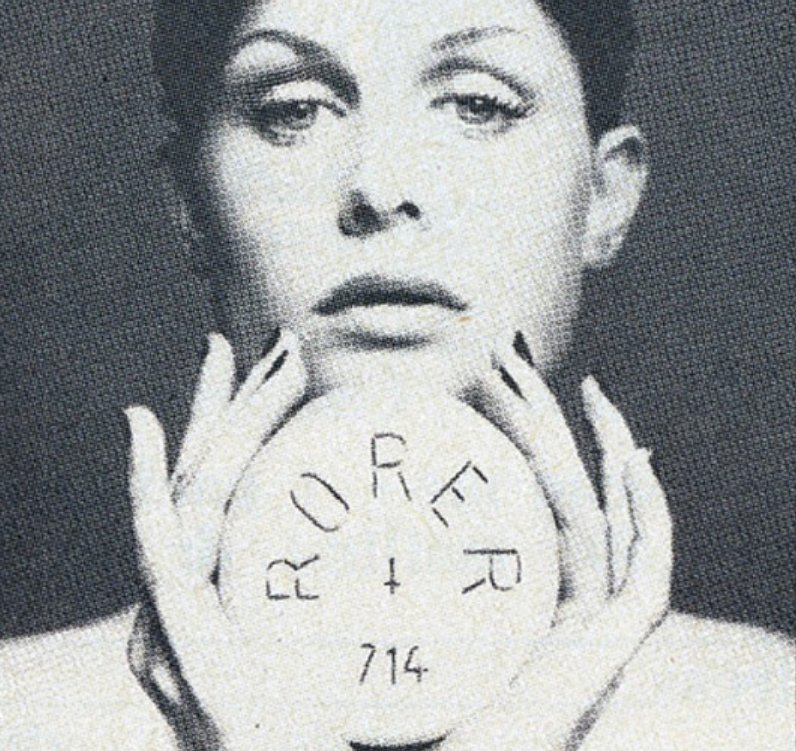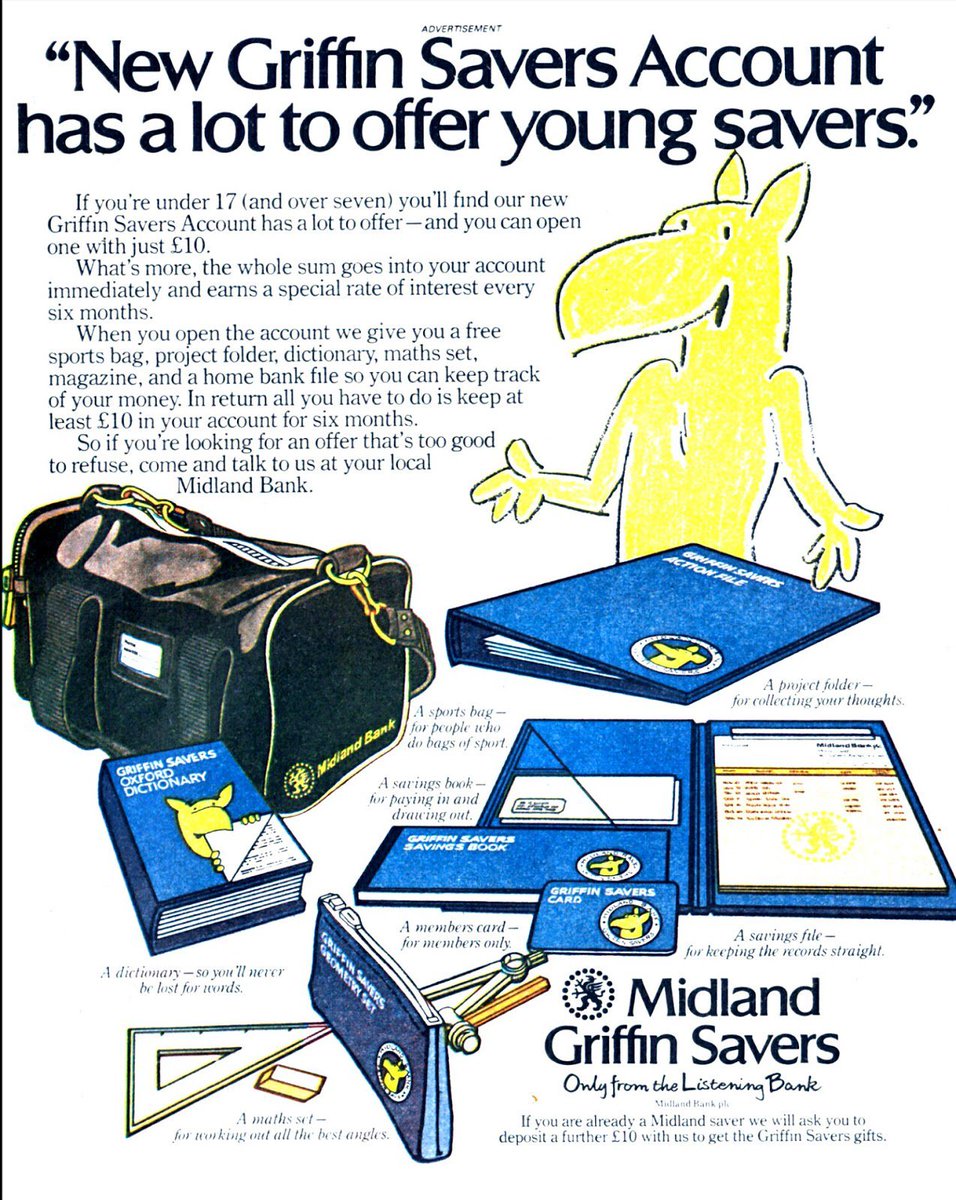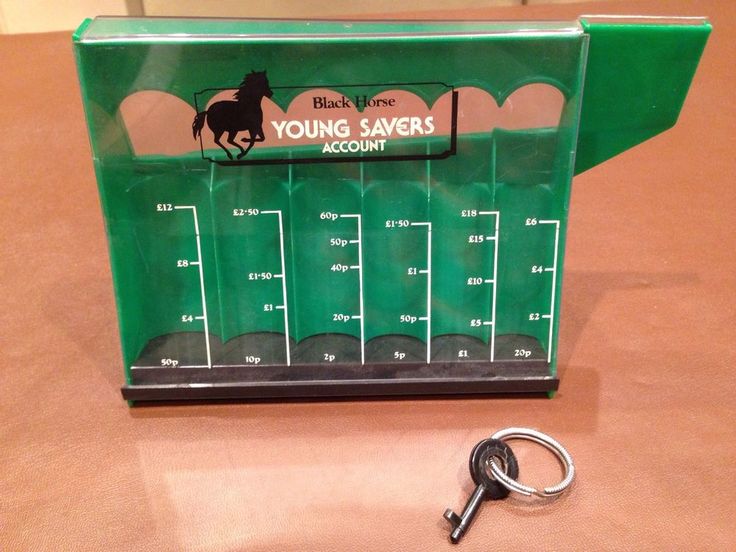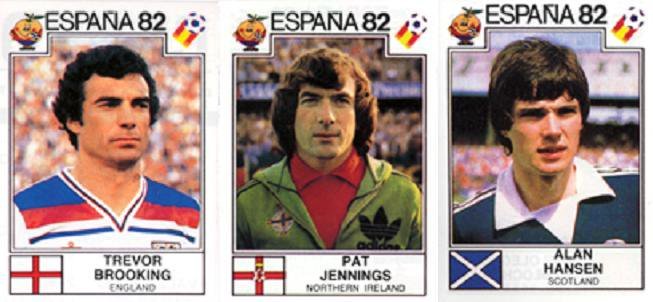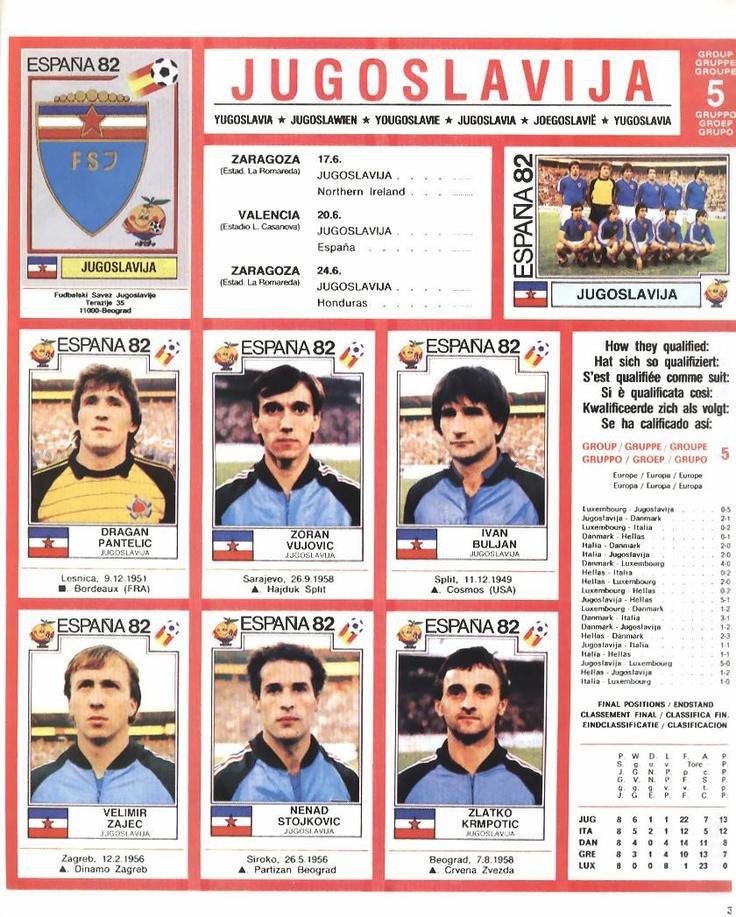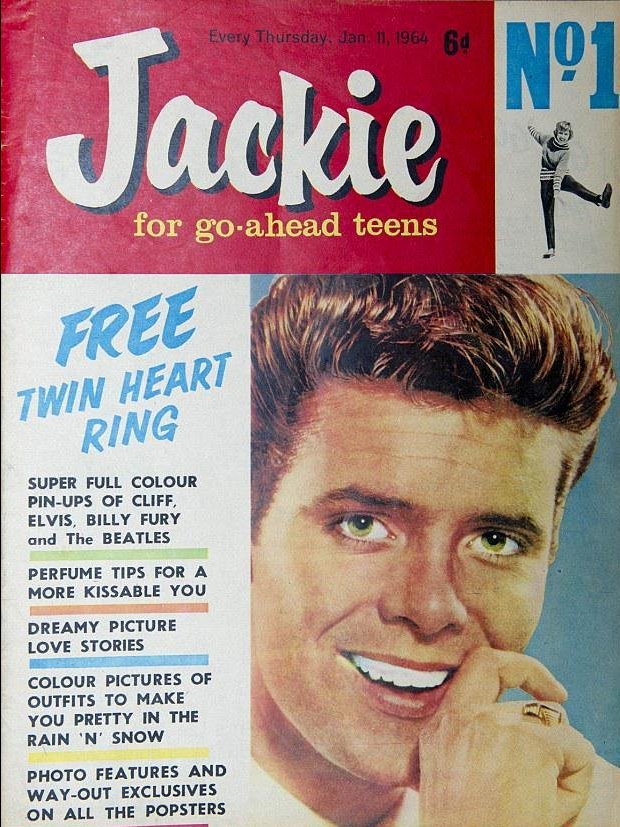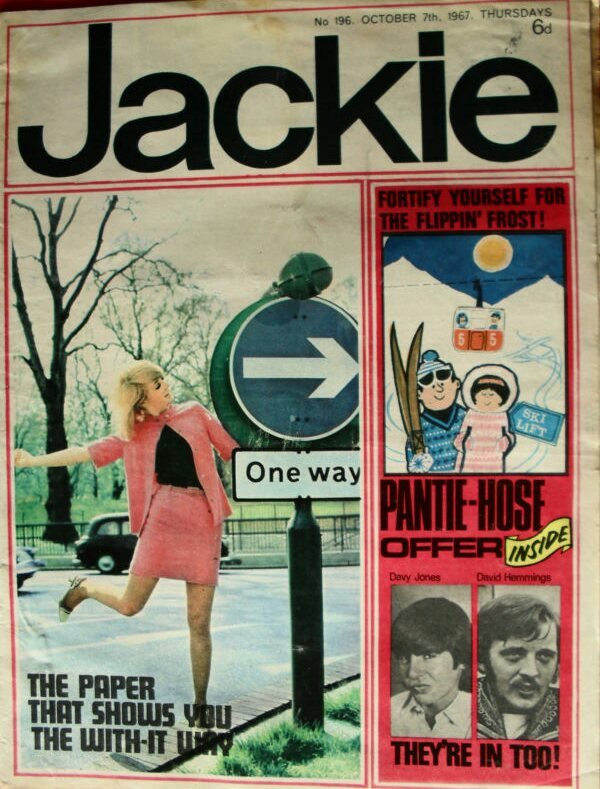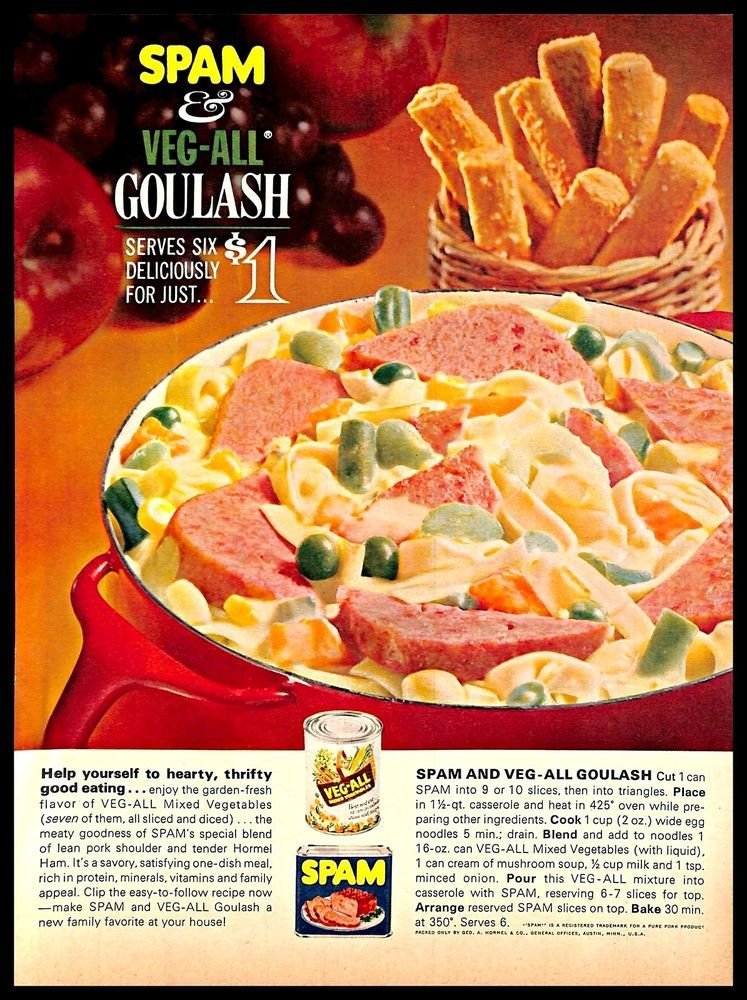
Time for a few record album sleeves by David Chestnutt today... #ThursdayThoughts 

Snow White and Rose Red / The Queen Who Couldn't Make Spice Nuts. Let's Pretend: Telegeneral Records 1970. Sleeve art by David Chestnutt. 

Alice in Wonderland / Why the Sea is Salt. Let's Pretend: Telegeneral Records 1970. Sleeve art by David Chestnutt. 

Aladdin & The Wonderful Lamp / Douban the Physician. Let's Pretend: Telegeneral Records 1970. Sleeve art by David Chestnutt. 

The Enchanted Frog / Rosenella. Let's Pretend: Telegeneral Records 1970. Sleeve art by David Chestnutt. 

Beauty & The Beast / Princess Moonbeam. Let's Pretend: Telegeneral Records 1970. Sleeve art by David Chestnutt. 

• • •
Missing some Tweet in this thread? You can try to
force a refresh





